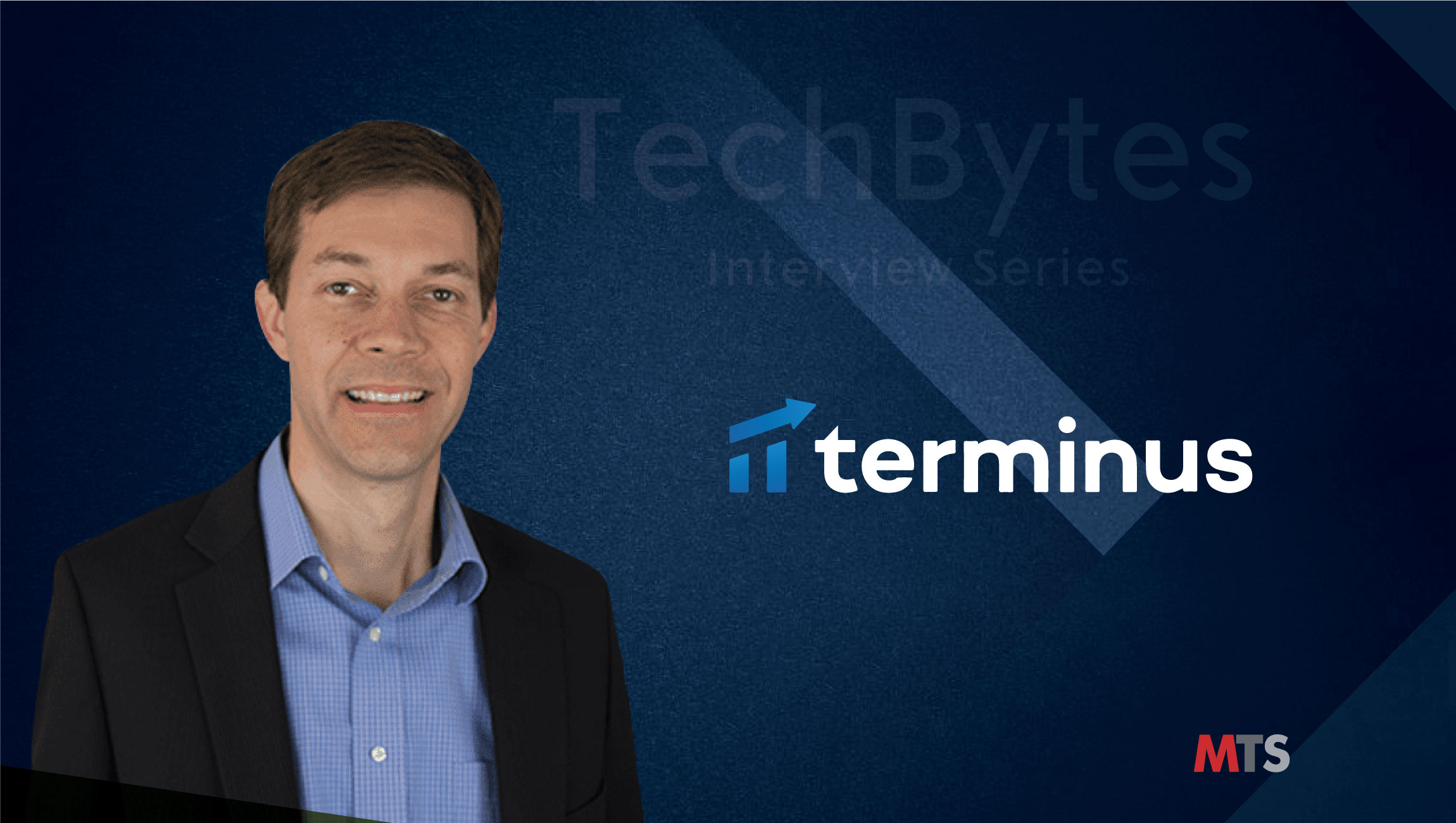“Things like Machine Learning and Predictive Analytics help marketers more quickly and easily scale their account-based practice across their company.”
[/vc_wp_text]
Hi Bryan. You come from a very diverse technical background. Tell us about your current role at Terminus and the team/technology you handle in the company.
I joined Terminus back in 2016, to lead the product and engineering teams as we scaled our ABM product. On a very high level, I focus on building software that will lead the charge into account-centric B2B. The industry has latched onto the term “ABM,” but it’s ultimately more than marketing; it’s really about a better way to work. Account-centric B2B starts with Marketing and Sales alignment because the old approach is running out of steam. To do this, marketers need new tools that connect it to sales at the hip from a strategic level, down. Our end-to-end ABM platform, which debuted in 2018, really addresses this need.
With Marketing and Sales zipped up, brand building becomes more important than ever — and it’s an area where B2B really needs to learn from B2C. That’s why we launched our view-through technology — so B2B marketers could measure the ROI of their brand-focused efforts to engage an account, a far more valuable outcome than just a lead. But it had to be measurable, so we started there.
How much has ABM (as a technology) evolved from the time you first started at Terminus?
Back in 2016, when I joined Terminus, the data needed for ABM existed in solios. Fast forward to today, and Terminus has pulled in all of the necessary data to equip go-to-market teams with the information required to do full-funnel ABM.
This data equation relies on three integral parts: intent, behavioral, and relationship. Together, these three pieces make up account intelligence. The thing is, you need all three, so solutions that only incorporate one source can often point sellers to the wrong accounts and negatively impact priorities.
With the acquisition of Sigstr, Terminus added relationship data, enabling customers to understand the development of relationships at an account, buying team, and individual level, providing engagement and buying signals to revenue teams.
What technologies currently stack together with ABM? Could you tell us about the various ABM integrations that Terminus provides to its customers?
At Terminus’ core is our embedded CDP, which brings together account-level data from MA, CRM, SA, and website sources — including first-party, third-party, anonymous, and known data. This rich data source makes it easier to tie every activity to the eventual customer relationship by using account intelligence data.
With this, brands can measure based on mid- and long-term revenue outcomes instead of just instant responses, and they can drive buying into a full-funnel process, not just top-of-funnel, where older lead gen technologies stop.
As a CPO, what approach do you take to build a Product Development team? What does your ABM development team look like in terms of roles and functional responsibilities?
Building our product and engineering team started at the core of our company, with an A+ leadership team that has built and scaled technology start-ups in the past. It’s made all the difference to grow our team around the right players.
From there, we’ve taken a more modern approach to how we build and deploy code, keeping our teams focused on developing capabilities and removing the silos of traditional agile. The QA process is built in from the very beginning, so it’s not a separate role that jumps into projects at the very end.
We keep our teams small and our org chart relatively flat, so everyone feels accountable and empowered in their role. It’s unlike anything I’ve seen in my 20-year career.
What skills do you value in your colleagues, while developing a new product from scratch?
We want our teams to have an unquenchable curiosity — one that drives them to solve big market or customer problems but to also tackle nitty-gritty data and technology issues. This curiosity drives them to create innovative new approaches and streamlined efficiencies that drive our vision and the market forward. In new markets, the product team has to be able to see a few steps ahead of the customers to offer the guidance and safety rails needed to be successful.
One specific skill that jumps out is whiteboarding — the ability to articulate an idea through visual stories on a whiteboard is a modern-day superpower. Beyond that, it’s more important to our team to have a diversity of skills rather than a consistent skill set across the team.
True innovators are like unicorns — you don’t believe they exist until you meet one in person. We’re fortunate enough to have some of the best marketers are customers and they push us hard.
According to you, what is the best approach to build a Product Development roadmap, for a B2B technology company?
The right product roadmap approach is unique to each business, based on the maturity of the market space a company plays in and the software it provides. I’d consider, are you a new player in an older space? An old player in an old space? Or a new player in a new space? Going beyond, I think it’s important to consider if you have the right customers to drive your business forward, or if you need to find new ones. The Innovator’s Dilemma by Clayton Christenson is probably the best resource for this idea.
How do AI, ML, and Robotic Process Automation (RPA) platforms help to make B2B product management teams more agile and efficient?
I see lots of parity between our customers and our own product team here. From the customer perspective, we know that machine learning, predictive analytics, and AI help marketers scale, iterate, and improve ABM programs; these tools help marketers bridge the gap between how they do ABM, and then how they actually measure it. Similarly, our PM teams have more exposure and access to data about customers, adoption, and usage than ever before — even down to the mouse movement and the number of users who hesitate or circle the mouse in rage when a button doesn’t do what they think it should. The trick is turning this into insights — it’s really a mixture of data science and business insight.
Bryan Brown is the Chief Product Officer at Terminus. Brown leads the product and engineering teams for ABM.
Brown served as Vice President Product Strategy at Silverpop during its acquisition and transformation into IBM Marketing Cloud. He was also the Chief Technology Officer and Co-Founder of Vtrenz, an early pioneer in B2B marketing automation software, acquired by Silverpop in 2007.
Founded in 2014, Terminus is the leader of the account-based movement. We help our customers transform B2B marketing by focusing on sales and marketing resources on the best-fit, most likely to buy segments of their addressable market.
Our platform empowers marketing teams to easily build, operate and measure scalable account-based initiatives that drive quality growth. We serve hundreds of B2B organizations such as Salesforce, GE, Verizon, 3M and CA Technologies to provide the technology and expertise that produce exceptional results.




